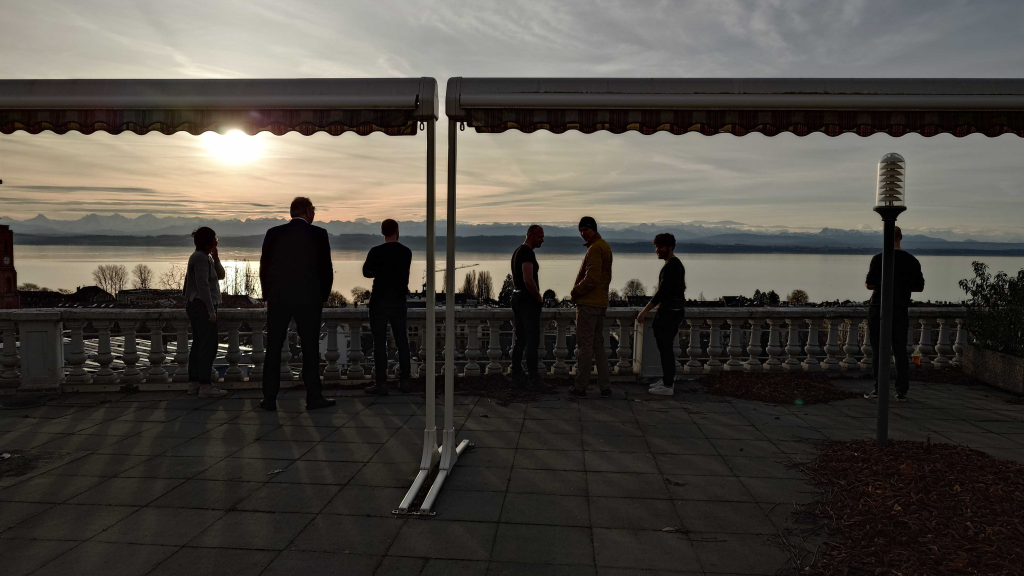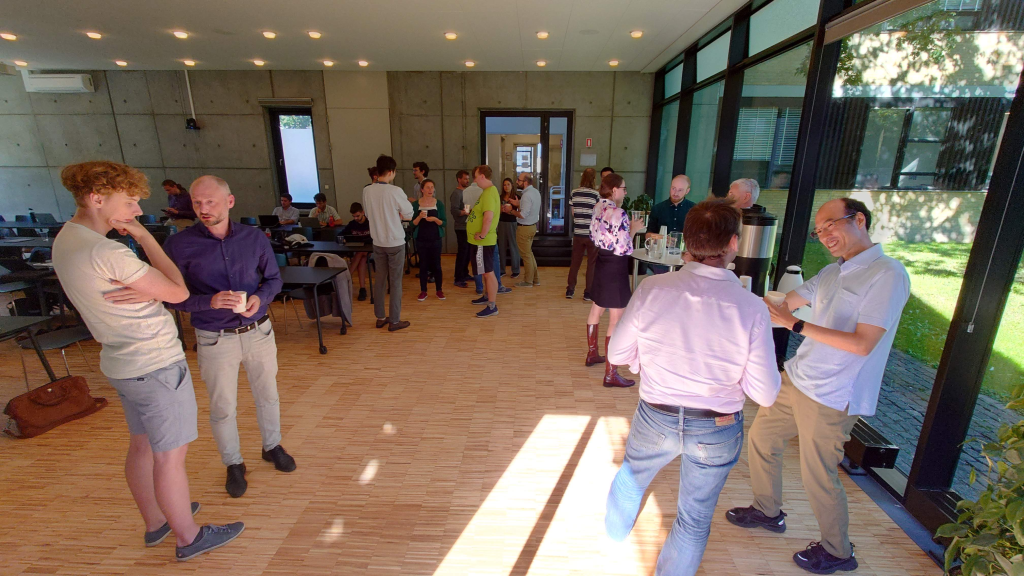Three strategic pillars
CLUSTEC will generate tailored CV cluster states, utilizing advanced technologies such as high-efficiency fiber optics and the promising Lithium-Niobate-on-Insulator (LNoI) platform for photonics-integrated circuits (PIC). These cluster states, comprising thousands or even millions of nodes, will be manipulated with deterministic precision. Our research will delve deeply into the scalability, fault-tolerance, and universality of these platforms. Through theoretical analyses and experimental investigations, we aim to explore measurement-induced CV quantum computing and networking models.




